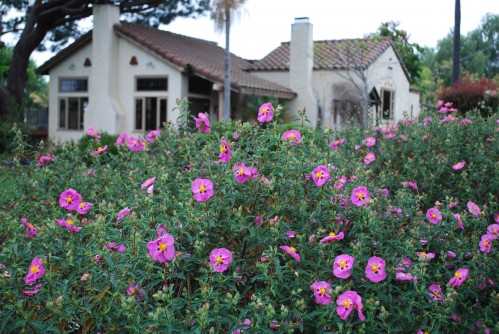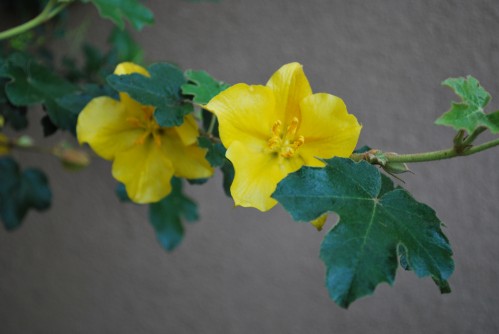 A friend of mine gave me a cutting of what I know now is Fremontodendron, Fremontia, or Flannel Bush. I planted it in a corner of my garden against my brown woodland stucco wall, and basically forgotten about it until now. However, this spring-blooming evergreen shrub with its brilliant yellow starfish-shaped flowers, won't allow this plant to be a wallflower anymore.
A friend of mine gave me a cutting of what I know now is Fremontodendron, Fremontia, or Flannel Bush. I planted it in a corner of my garden against my brown woodland stucco wall, and basically forgotten about it until now. However, this spring-blooming evergreen shrub with its brilliant yellow starfish-shaped flowers, won't allow this plant to be a wallflower anymore.
The Flannel Bush is a native shrub to California and some parts of Arizona, within optimum Zones 4-24. It is a shrub, but can be shaped into a small tree by pruning its lower branches. It is a fast-growing plant, which can reach up to 20' tall and 12' wide. It naturally has an irregular shape, so it benefits by pinching young growth to encourage new branching and shaping by pruning unruly long shoots.
The Flannel Bush likes full sun, and no additional water. It thrives with the average annual rainfall it receives in its native habitat. It is extremely drought tolerant. It has shallow roots, which means young plants may need to be staked. It can be a short lived shrub, and some fellow gardeners consider it a bit finicky to grow. It is a low maintenance shrub.
If you have yellow in your garden color palette, or need a spark of yellow at times in your garden, you might want to plant a Flannel Bush. Plant it, leave it be, and wait for its wonderful spring awakening with its dark green foliage and rich lemon yellow flowers. This is what is blooming in my garden right now.
Please share if you have a Flannel Bush in your garden. Please comment on your experience growing a Flannel Bush.
VintageGardenGal Tidbit Thyme...
Attention Chicken Lovers! Spruce up your chicken coop for VintageGardenGal's Annual Chicken Coop Photo Contest. Send in your photos this coming May!
Encinitas Garden Festival is Saturday, April 30, 2011. For more detailed information and tickets, please visit Encinitas Garden Festival.

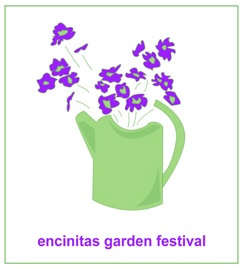
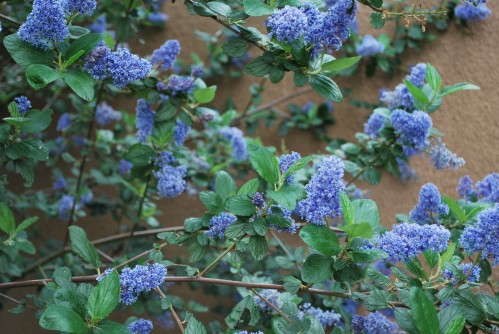 What is blooming in my garden now. My Ceanothus, or California's wild lilac. Sometimes it is hard to find pretty shades of blue colors for your garden. Usually blooming in late winter or early spring, the Ceanothus heralds "spring is coming." This drought tolerant California native is delightful. I always look forward to its profuse blue blooms in my garden each year.
What is blooming in my garden now. My Ceanothus, or California's wild lilac. Sometimes it is hard to find pretty shades of blue colors for your garden. Usually blooming in late winter or early spring, the Ceanothus heralds "spring is coming." This drought tolerant California native is delightful. I always look forward to its profuse blue blooms in my garden each year.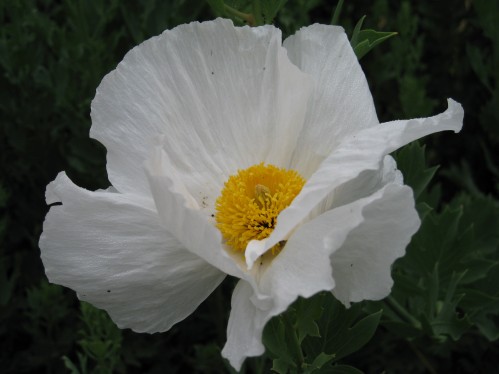
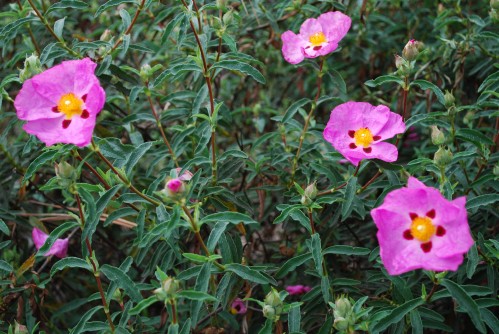 This is another spring blooming delight, Orchid Rockrose, Cistus x purpureus. Although this is a native Mediterranean drought tolerant shrub, something about it reminds me of an English country garden.
This is another spring blooming delight, Orchid Rockrose, Cistus x purpureus. Although this is a native Mediterranean drought tolerant shrub, something about it reminds me of an English country garden. 